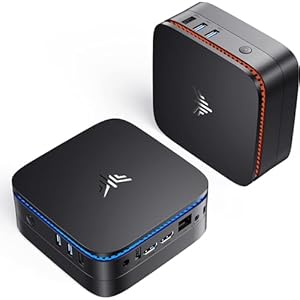
It’s been near a decade since Amazon Internet Providers (AWS), Amazon’s cloud computing division, introduced SageMaker, its platform to create, prepare, and deploy AI fashions. Whereas in earlier years AWS has centered on tremendously increasing SageMaker’s capabilities, this yr, streamlining was the objective.
At its re:Invent 2024 convention, AWS unveiled SageMaker Unified Studio, a single place to search out and work with information from throughout a company. SageMaker Unified Studio brings collectively instruments from different AWS companies, together with the prevailing SageMaker Studio, to assist clients uncover, put together, and course of information to construct fashions.
“We’re seeing a convergence of analytics and AI, with clients utilizing information in more and more interconnected methods,” Swami Sivasubramanian, VP of information and AI at AWS, stated in an announcement. “The following era of SageMaker brings collectively capabilities to offer clients all of the instruments they want for information processing, machine studying mannequin improvement and coaching, and generative AI, straight inside SageMaker.”
Utilizing SageMaker Unified Studio, clients can publish and share information, fashions, apps, and different artifacts with members of their crew or broader org. The service exposes information safety controls and adjustable permissions, in addition to integrations with AWS’ Bedrock mannequin improvement platform.
AI is constructed into SageMaker Unified Studio — to be particular, Q Developer, Amazon’s coding chatbot. In SageMaker Unified Studio, Q Developer can reply questions like “What information ought to I exploit to get a greater thought of product gross sales?” or “Generate SQL to calculate whole income by product class.”
Defined AWS in a weblog publish, “Q Developer [can] assist improvement duties comparable to information discovery, coding, SQL era, and information integration” in SageMaker Unified Studio.
Past SageMaker Unified Studio, AWS launched two small additions to its SageMaker product household: SageMaker Catalog and SageMaker Lakehouse.
SageMaker Catalog lets admins outline and implement entry insurance policies for AI apps, fashions, instruments, and information in SageMaker utilizing a single permission mannequin with granular controls. In the meantime, SageMaker Lakehouse gives connections from SageMaker and different instruments to information saved in AWS information lakes, information warehouses, and enterprise apps.
AWS says that SageMaker Lakehouse works with any instruments suitable with Apache Iceberg requirements — Apache Iceberg being the open supply format for big analytic tables. Admins can apply entry controls throughout information in all of the analytics and AI instruments SageMaker Lakehouse touches, if they need.
In a considerably associated improvement, SageMaker ought to now work higher with software-as-a-service purposes, due to new integrations. SageMaker clients can entry information from apps like Zendesk and SAP with out having to extract, rework, and cargo that information first.
“Prospects might have information unfold throughout a number of information lakes, in addition to a knowledge warehouse, and would profit from a easy solution to unify all of this information,” AWS wrote. “Now, clients can use their most popular analytics and machine studying instruments on their information, irrespective of how and the place it’s bodily saved, to assist use instances together with SQL analytics, ad-hoc querying, information science, machine studying, and generative AI.”
Trending Merchandise











